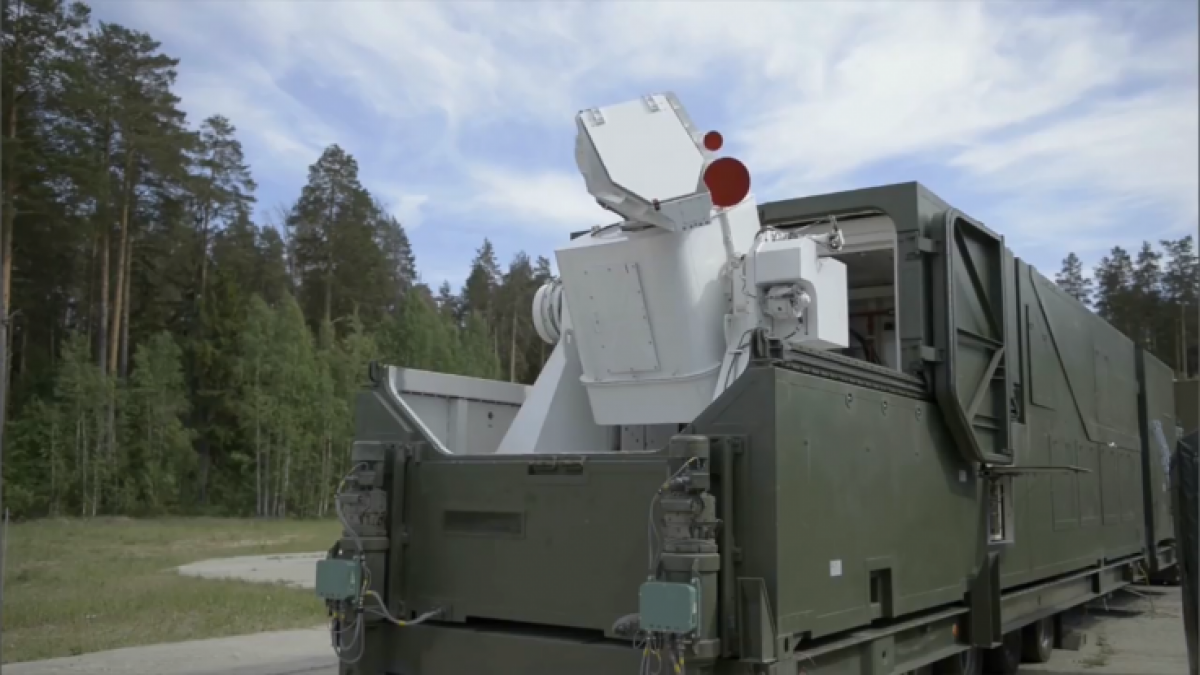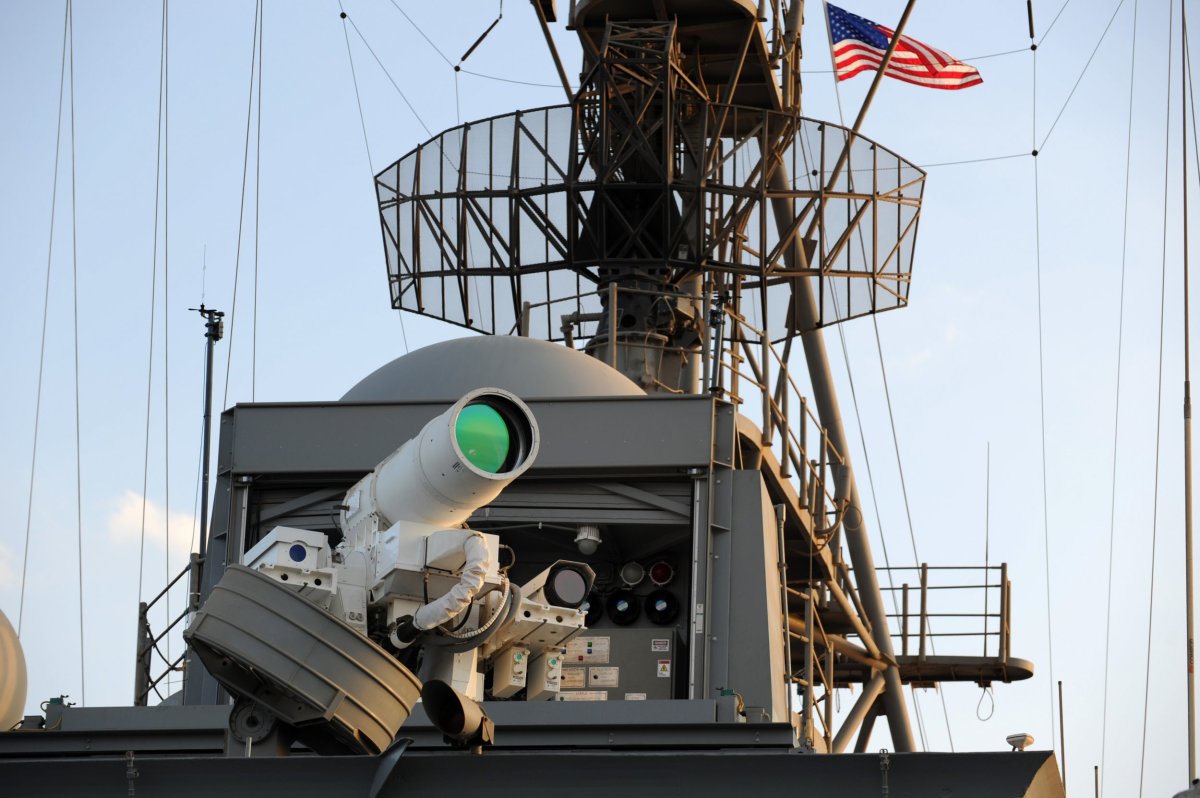
The Russian armed forces have entered a new, futuristic weapon into service as talk of new conflicts between Moscow, its neighbors and the West plagued the European continent.
The Peresvet laser complex was put on experimental combat duty on Saturday, according to Krasnaya Zvezda, the official newspaper of the Russian Defense Ministry. The report said that the equipment was originally delivered to units last year as part of a state armament program and that personnel underwent special training on the weapons at the A.F. Mozhaysky Military-Space Academy in St. Petersburg.
Not much was known about the Peresvet, but it has been touted by Moscow as a state-of-the-art weapon capable of disabling targets in under a second and was revealed by Russian President Vladimir Putin along with a number of other new weapons in development during his State of the Nation speech in March.

While Putin went into detail about new nuclear-capable intercontinental ballistic missiles, underwater drones and nuclear-powered cruise missiles at the time, the leader simply told the Russian parliament that the country had "achieved significant progress in laser weapons," which were "not just a concept or a plan anymore."
"Since last year, our troops have been armed with laser weapons," Putin said in his speech, "I do not want to reveal more details. It is not the time yet. But experts will understand that with such weaponry, Russia's defense capacity has multiplied."
The Russian Defense Ministry then released a video showing the system, which came to be known as Peresvet after the results came in of a ministry's online poll conducted later that month. The name derives from that of a Russian Orthodox Christian monk who battled with a Tatar warrior in the 14th century. In the same poll, users named the underwater drone Poseidon after the Greek god of the sea and the nuclear-powered cruise missile Burevestnik after a bird known in English as the stormy petrel.
Ahead of these results being announced, Yuri Borisov—who served at the time as deputy defense minister before being appointed deputy prime minister in May—told Krasnaya Zvezda that the laser weapons "allow disarming a potential adversary and hitting those facilities" and could so "within fractions of a second." As the Peresvet got its name, Borisov told the Interfax news agency that Russian scientists have "gone ahead" of their U.S. competitors when it came to laser weapons technology.
News of the deployment came as ties between Moscow and Washington continued to erode. The White House has threatened to withdraw from the 1987 Intermediate Nuclear Forces (INF) treaty, a move that Russia warned would only make targets out of U.S. allies in the region. Trump also spurred talks with Putin at the G20 summit in Argentina over Russia's detainment of Ukrainian naval vessels and their crew following a maritime dispute in the contested Kerch Strait, located between the Black Sea and Sea of Azov.

The true extent of the Peresvet's capabilities—including its range, aiming system and targets—remain totally unknown, however. No specific data or demonstration video have been released showing the weapon in action, though there has been speculation that it could be used to take down enemy missile or satellites, a prospect that has raised concern in the United States.
The Russian military was not alone in investing in laser technology. The U.S. Navy has already fielded a warship-based weapon known as the AN/SEQ-3 Laser Weapon System or XN-1 LaWS. The Pentagon is also collaborating with several universities to develop Scalable Compact Ultra-short Pulse Laser Systems, a non-lethal device that would send voice messages and burn human flesh. As for the Air Force, its working on the Self-protect High Energy Laser Demonstrator (SHiELD) project designed to take drones.
China too has a laser weapon in the works. In July, the Chinese the Public Service Platform for National Civil-Military Integration revealed the ZKZM-500 laser assault rifle, an apparently non-lethal weapon also known as the "laser AK-47" that can "carbonize" human skin. The gun reportedly had a range of a few thousand feet and was seen burning papers during a test video in Xian, Shaanxi province.
Uncommon Knowledge
Newsweek is committed to challenging conventional wisdom and finding connections in the search for common ground.
Newsweek is committed to challenging conventional wisdom and finding connections in the search for common ground.
About the writer
Based in his hometown of Staten Island, New York City, Tom O'Connor is an award-winning Senior Writer of Foreign Policy ... Read more
To read how Newsweek uses AI as a newsroom tool, Click here.








